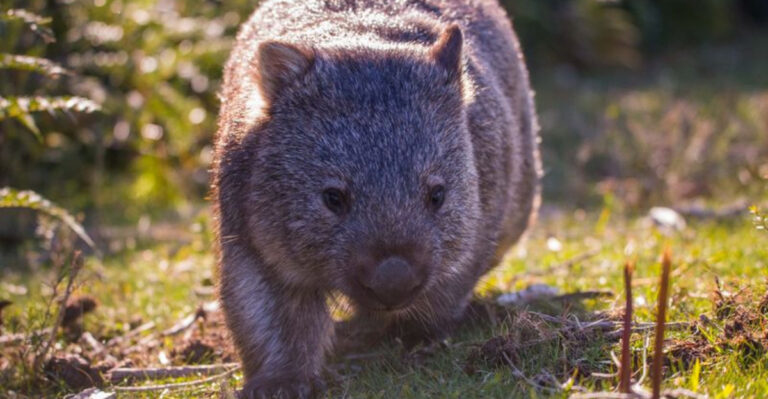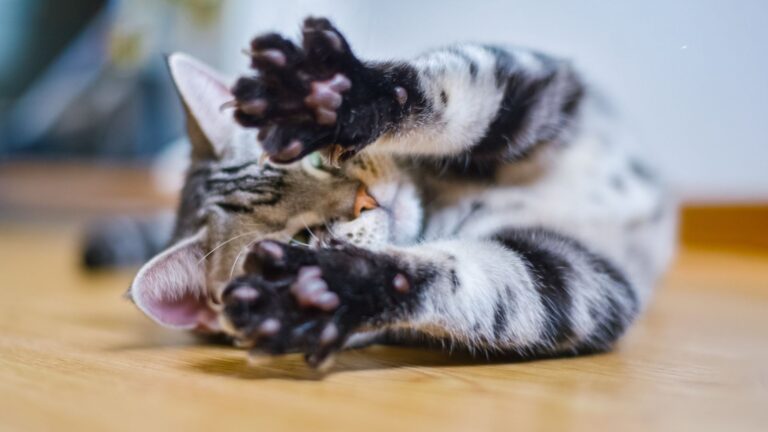7 Words Cats Understand (And 3 They Choose To Ignore)
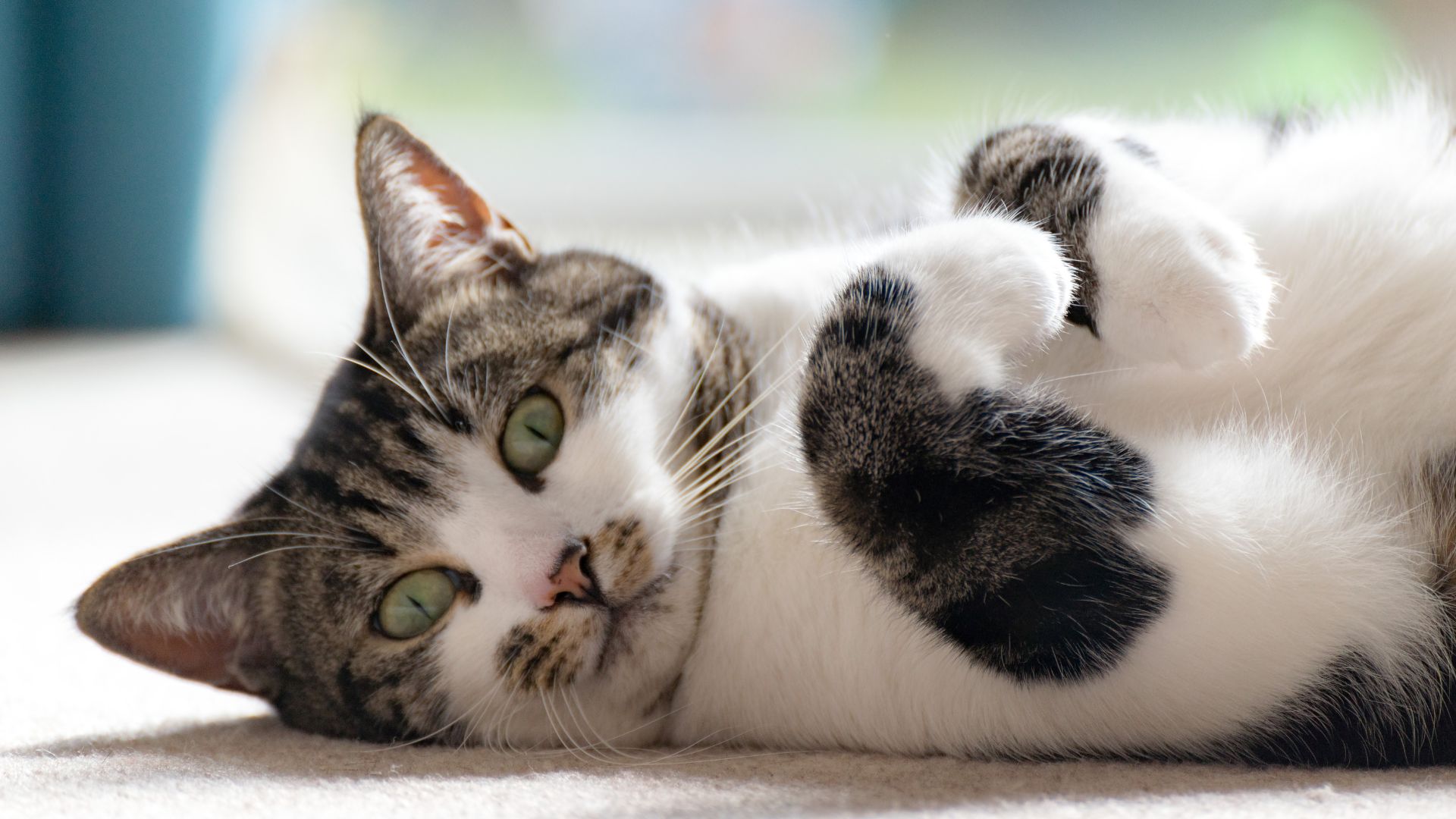
Ever wonder what words actually make sense to your cat? While cats may seem independent, they do recognize certain words – and ignore others on purpose.
In this list, we’ll explore 7 words cats truly understand and 3 they’re likely to dismiss, helping you better communicate with your feline friend.
1. Food

“Food” is a magic word for cats. Mention it, and you’ll see their ears perk up instantly.
This word often signifies meal times, which are sacred moments for our feline friends. Besides, it promises delicious treats or a filling dinner.
Cats associate the sound of this word with the clinking of bowls and the rustle of food packets. It’s like music to their ears.
Try saying “food” in a playful tone and watch how fast your cat appears. These mealtime rituals help build trust and strengthen your bond.
2. Treat
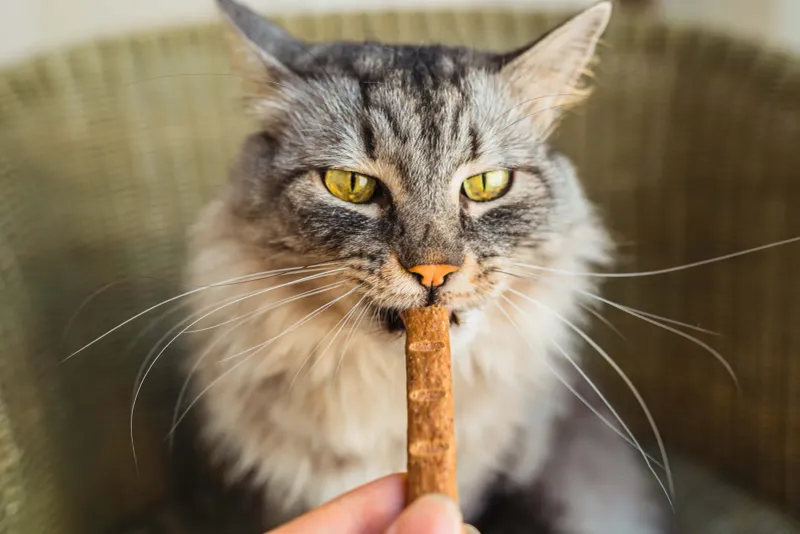
The word “treat” is a surefire way to capture a cat’s attention. It signals a delightful reward, something extra special. Cats quickly learn to associate this word with tasty morsels that are usually not part of their regular diet.
Whisper “treat” and observe your cat’s immediate response, often accompanied by a joyous tail twitch. This word is synonymous with pleasure and satisfaction.
Such rewards can be used strategically during training sessions. However, moderation is key. Overindulgence may lead to health issues, so treat it responsibly.
3. No

Cats definitely understand “no,” although they might pretend not to! This word often breaks mischievous behaviors or stops them in their tracks. It’s usually spoken sternly, instantly grabbing their attention.
Repeating it consistently helps reinforce boundaries, making your household rules clear. However, remember that tone plays a significant role. A firm but gentle “no” is usually effective.
It’s essential to pair this word with positive reinforcement to avoid creating fear. Balance it with affection and understanding, fostering a respectful relationship.
4. Come
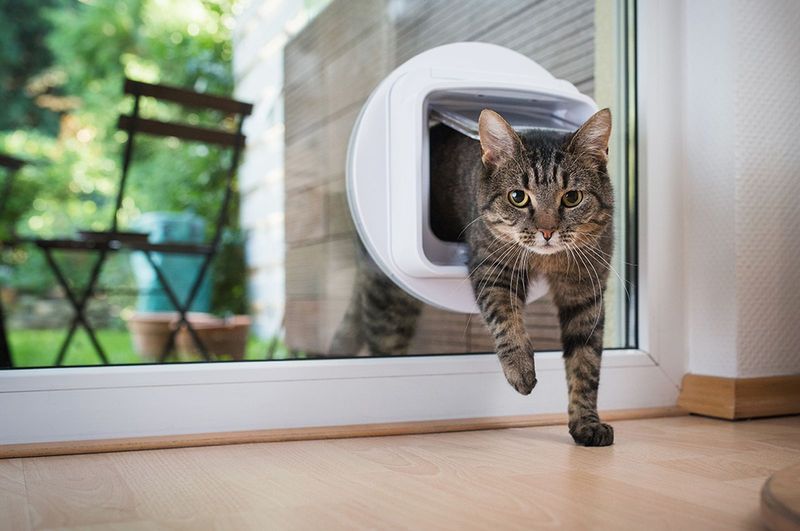
“Come” is an inviting word, often leading to affection or fun. Cats respond when they associate it with positive outcomes, like petting sessions or playtime.
This word is part of a call to action, urging cats to move towards their human companions. Say “come” warmly and watch your cat trot over, curious about what awaits.
Encourage this behavior with praise or a small reward, reinforcing the connection. Consistency is key, making “come” a reliable part of your communication toolkit with your feline friend.
5. Down
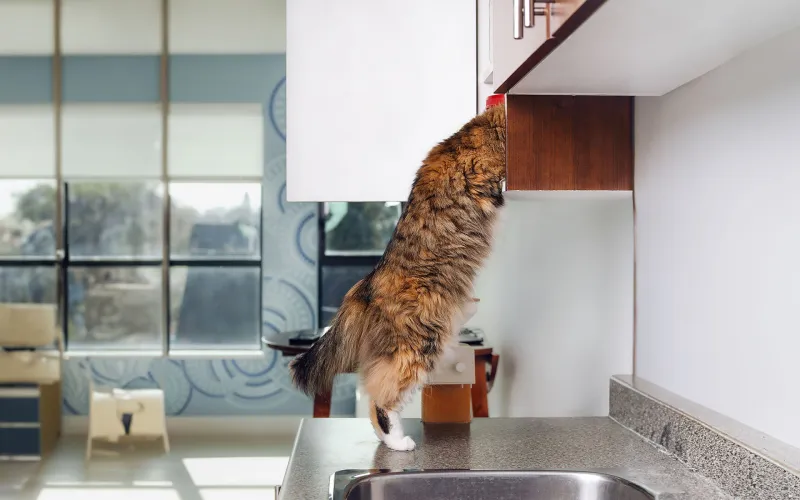
“Down” is a guiding word, gently steering cats off furniture or away from mischief. Cats learn to associate it with lowering themselves or ceasing an activity.
It’s often accompanied by a gesture, making the command clear. Saying “down” with a soft but firm tone can help redirect their attention.
Use this word to maintain peace and order in shared spaces. As with all commands, patience and consistency are crucial. Pair “down” with soothing words or a gentle pat to reinforce good behavior without stress.
6. Play
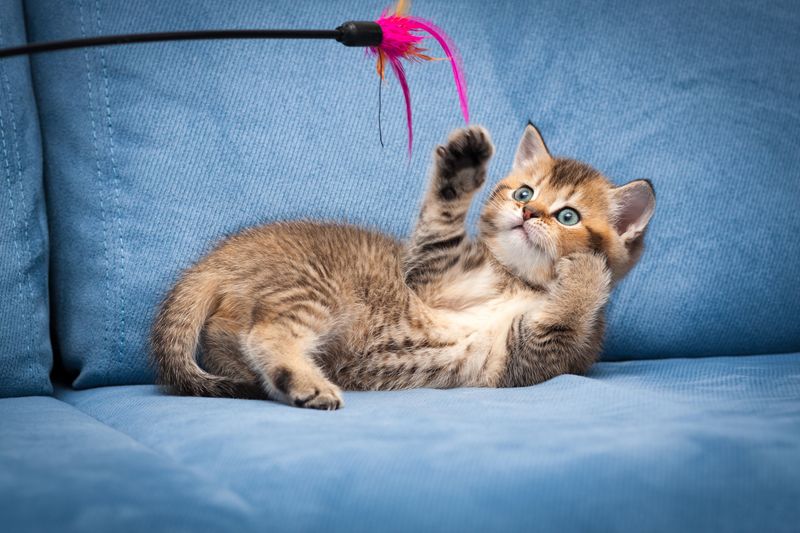
“Play” is an exhilarating word for cats, sparking excitement and energy. This word is often linked to toys, games, and the promise of fun times.
Mention “play” and watch your cat’s eyes light up with anticipation. It’s an invitation to bond through joy and movement, strengthening your relationship.
Engage your cat with a variety of toys to keep them mentally and physically stimulated. Regular play sessions are crucial for a cat’s health and happiness, turning “play” into a cherished part of your daily routine.
7. Vet

The word “vet” might not be a favorite, but it’s one cats understand well. It often signals a trip to the clinic, which can be a bit stressful for them.
Cats recognize this word through repeated exposure and the associated environment. Keep “vet” experiences as calm as possible to reduce anxiety.
Use a soothing tone when mentioning it, assuring your cat that it’s for their well-being. Post-visit treats or cuddles can help create positive associations, transforming “vet” from a dreaded word to a less stressful one.
8. The Words ‘Quiet’ On The Other Hand…
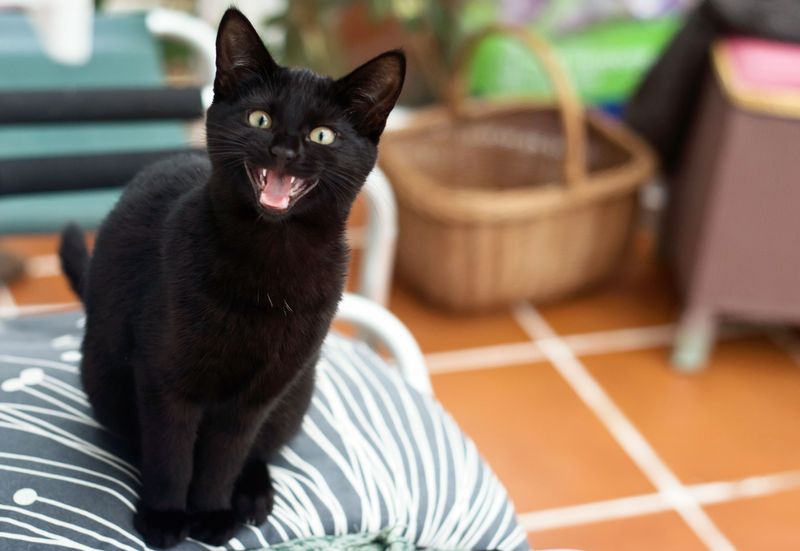
…is something cats definitely don’t understand – or at least choose to ignore!
Cats can be quite vocal, especially certain breeds, and ‘quiet’ is a word they seem to overlook. Whether they’re demanding food, attention, or just voicing their opinions, cats communicate loudly and clearly.
While you might wish for a silent night, your feline might have other plans, serenading you at odd hours. Some cats are natural chatterboxes and enjoy the sound of their own voice.
Encouraging quiet behavior can involve rewarding silence with treats, but remember, some cats simply love to talk. Embrace their vocal nature as part of their charm.
9. Stay
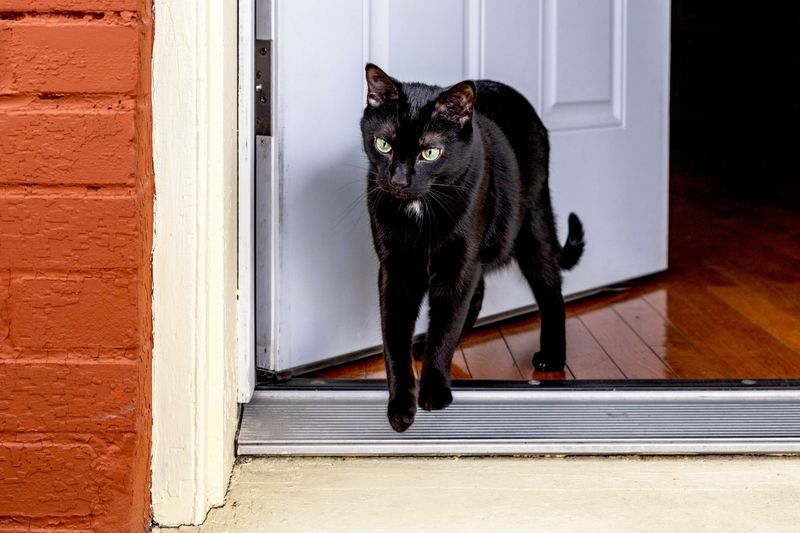
The concept of staying put is quite foreign to most cats.
Even when urged to stay, a cat’s curiosity often leads it to wander. You can wave a treat in front of them, and they might pause momentarily, but the allure of an open door or rustling leaves soon wins.
Cats are naturally independent, and ‘stay’ doesn’t align with their free-spirited nature. Unlike dogs, who are eager to please, cats will often decide for themselves if staying put is worth their time.
Despite this, their unpredictable nature is exactly what makes them so endearing. They relish their freedom and often choose movement over stillness.
10. Bedtime
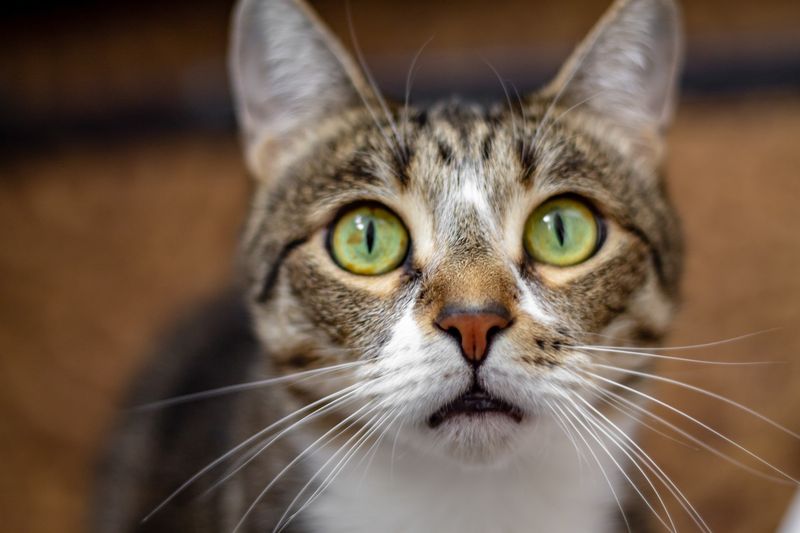
Cats often have their own internal clocks, making ‘bedtime’ a foreign concept. While you might be ready to tuck in after a long day, your feline friend may see this as the perfect opportunity to play or explore.
Even if you try to establish a routine, cats tend to march to the beat of their own drum. They might curl up for a nap during the day and become nocturnal explorers at night.
Creating a calming bedtime environment can sometimes help, but don’t be surprised if your cat decides that bedtime is just another time to be curious.


